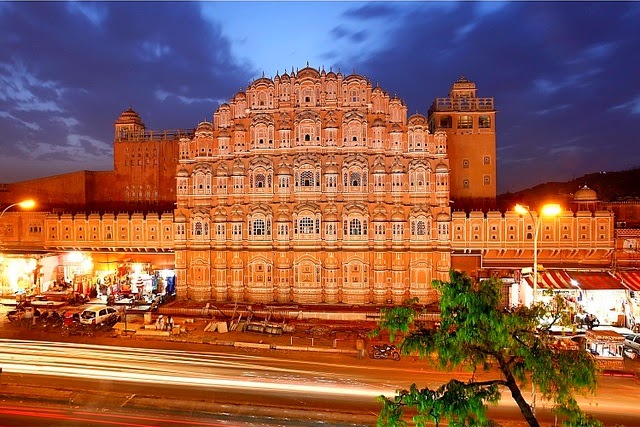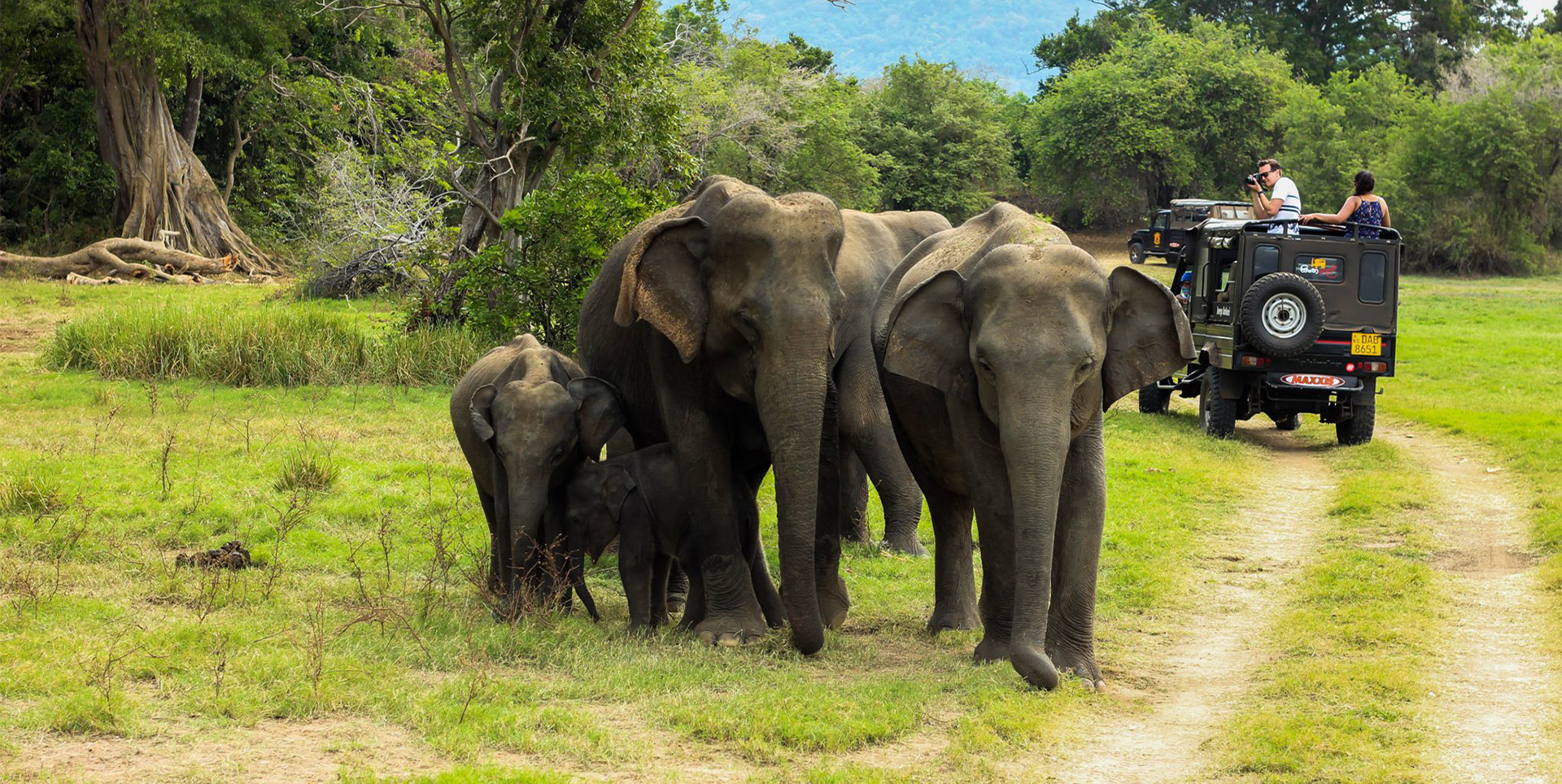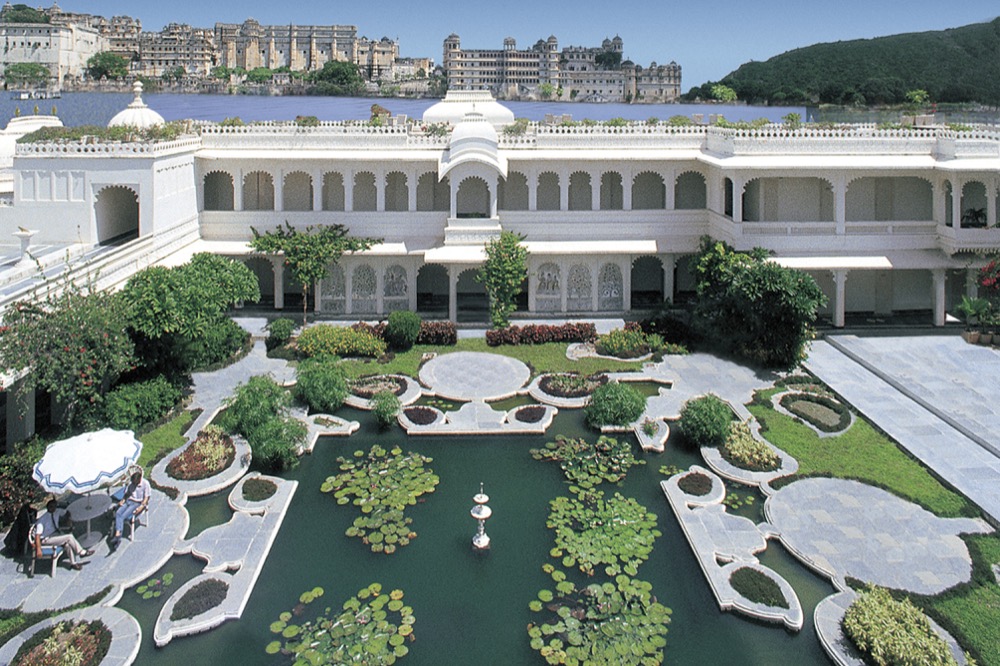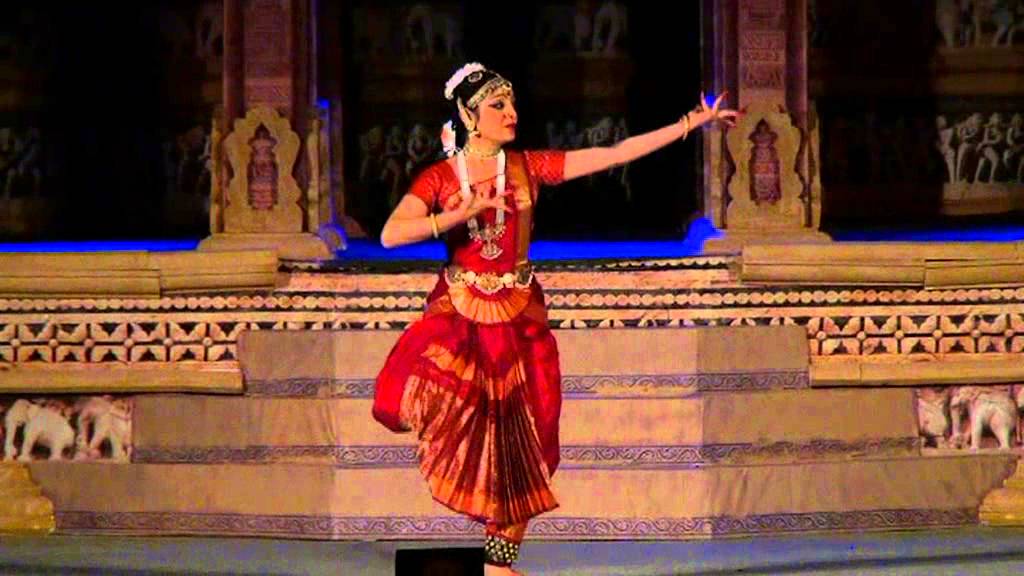10 Reasons Rajasthan is a must visit on a India Holiday
- Nov 26, 2021
Rajasthan is an incredible travel destination in India. Featuring a unique mixture of historical marvels and cultural treasures, the Land of Kings is known for memorable experiences of India. The golden hues of the undulating sand dunes of the Thar Desert along with vibrant colors, make the land a fascinating kaleidoscope. In Rajasthan, get the chance to explore colossal forts and amazing palaces. Marvel at intricate craftsmanship and unique style of the Rajputs. Go camping under the stars in the desert, wildlife safaris in Ranthambore National park or bird watching in Bharatpur Bird Sanctuary. The pleasures include stay at lavish heritage hotels, tasting the royal cuisine and shopping for treasures, there is so much to see and do.
When thinking of a holiday in India, here are 10 reasons to must visit Rajasthan:
1. Magnificent Architecture

Historical forts and splendid palaces make Rajasthan unique. Ruled by Rajput kings, the land is dotted with magnificent blend of architecture and design. Many of the Hill Forts of Rajasthan are listed among UNESCO World Heritage Sites. Jaipur’s Amer Fort, the golden hued Jaisalmer Fort, the massive Mehrangarh Fort, and the hidden Ranthambore Fort are some of the best sites to visit. Jaipur’s City Palace, intricate havelis of Shekawati and many more wonders are lavish palaces. Some of the splendid properties are converted to the best heritage hotels of India.
2. Gastronomic Delights
Rajasthani cuisine is a gastronomical delight. The lavish cuisine is all rich with ghee and spices. The classics include dal bati churma or gatte ki sabzi or kachoris, there is something to suite everyone’s palate. The must try meat curries, are laal maas and safed maas.
3. Colorful Cities
Colors are a part of Rajasthan’s culture. From the dress of its people to the golden desert sands, from the many vividly coloured cities to the vibrant markets, there are multiple hues. From the golden city of Jaisalmer, the pink city of Jaipur, the blue city of Jodhpur, to the white marvels of Udaipur, each city has something unique to offer.
4. Stay in a Lavish Heritage Hotel
Heritage hotels of Rajasthan are transformed from the many opulent palaces, forts and havelis, with all the royal comforts of the royalty who once lived there. The Umaid Bhawan Palace in Jodhpur, the Lake Palace in Udaipur, Rambagh Palace in Jaipur, and Samode Palace in Jaipur are just a few of the popular hotels that keep alive the princely traditions and culture of the state.
5. Diverse Wildlife
Rajasthan’s vast landscape is home to some incredibly varied wildlife. From the tigers at the Ranthambore National Park and the Sariska Tiger Reserve, to the endangered river dolphins and rare birds the Kumbhalgarh Wildlife Sanctuary, the National Chambal Wildlife Sanctuary and the Keoladeo National Park, you have a once-in-a-lifetime opportunity to get up close and personal with some amazing animals.
6. Exciting Festivals
Rajasthan is famed all over the world for its colourful fairs and festivals, held throughout the year. It seems that every month hosts some exciting event, such as the International Kite Festival (Jan), the Desert Festival (Feb), the Elephant Fair (Mar), the Teej Festival (August), Rajasthan International Folk Festival (Oct), the Pushkar Fair (Nov), and the Magnetic Fields Festival (Dec). These are of course separate from the many religious festivals, such as Holi.
7. Fascinating History
The historic forts, palaces, and stepwells hint at a long and fascinating history of the people who thrived in this arid and at times inhospitable area. It has many innovations such as the Jantar Mantar in Jaipur. This astronomical observatory was built in 1734 by the Rajput king Sawai Jai Singh II and lets people observe astronomical positions with the naked eye.
8. Truly Unique Experiences
The diverse landscapes of Rajasthan offer an endless choice of exciting experiences. From the camel safaris at Jaisalmer, to hot-air ballooning in Pushkar, trekking Alwar and Mount Abu, there are many adventures to be found. Of course there are less adrenaline packed adventures as well, like the many tribal folk dances, the Bhavai with its pitchers, the Kathputli with its puppets, and the famous Ghoomar.
9. Natural Beauty
10. Lots and Lots of Shopping
The bustling bazaars of Rajasthan have some of the best places for shopping. Some are full of ethnic handicrafts and artifacts, while others are dedicated to traditional jewelry, spices, miniature paintings, textiles, and so much more. Some of the best places are Johari Bazar in Jaipur, Bada Bazar in Udaipur, Clock Tower Market in Jodhpur, and Sadar Bazar in Pushkar.

























